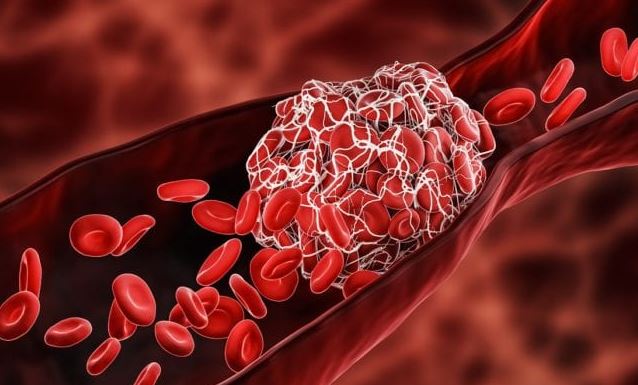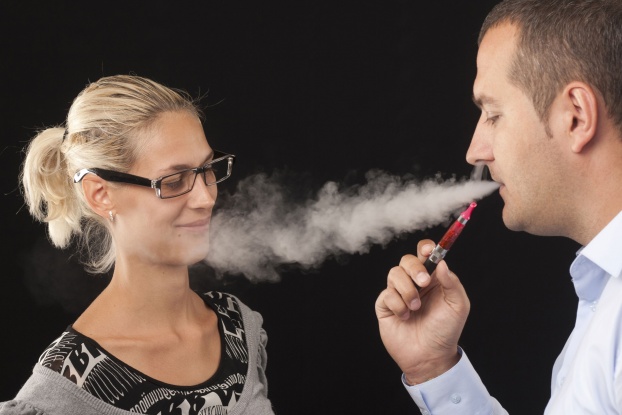Researchers develop less invasive way to diagnose lung cancer
03/18/2017 / By David Gutierrez
Researchers claim they have developed a cheaper, less invasive way to test for lung cancer — but can the new method change fundamental problems with the country’s cancer screening system?
The new method involves conducting a genetic analysis on cells collected from the lining of the nasal cavity, according to a study conducted by researchers from Boston University and published in the Journal of the National Cancer Institute.
Currently, the only decisive way to diagnose lung cancer is with an invasive, painful and expensive lung biopsy. Yet as many as 95 percent of asymptomatic people referred for such biopsies turn out to be cancer free.
“There is a clear and growing need to develop additional diagnostic approaches for evaluating pulmonary lesions to determine which patients should undergo CT surveillance or invasive biopsy,” corresponding author Avrum Spira said. “The ability to test for molecular changes in this ‘field of injury’ allows us to rule out the disease earlier without invasive procedures.”
Many of the people referred for lung cancer screening are asymptomatic individuals who have had a “solitary pulmonary nodule,” or lung lesion, identified in the course of a chest X-ray taken for another reason. These small growths are both common and typically harmless: A review of data from the National Lung Cancer Screening Trial found that 25 percent of people receiving a CT scan of the lungs were diagnosed with a lung lesion, but that 95 percent of those lesions were benign.
Yet it is standard clinical practice for all lung lesions to be examined via biopsy, in order to rule out cancer. This involves a not-insignificant surgical procedure.
In a prior study, the researchers showed that it was possible to accurately detect lung cancer through genetic testing of cells taken from the lining of the bronchus (the epithelial layer). In the new study, they sought to determine whether the same test could be successfully performed on cells collected less invasively from the nasal cavity, instead.
“Our group previously derived and validated a bronchial epithelial gene-expression biomarker to detect lung cancer in current and former smokers,” Spira said. “This innovation […] is measurably improving lung cancer diagnosis. Given that bronchial and nasal epithelial gene expressions are similarly altered by cigarette smoke exposure, we sought to determine in this study if cancer-associated gene expression might also be detectable in the more readily accessible nasal epithelium.”
The researchers collected nasal swabs from participants in two separate studies who were having lung lesions biopsied. They found, as in their prior research, that cancer patients showed particular changes in gene expression not seen in healthy patients. These changes could be detected by analyzing cells collected from a nasal swab.
“Our findings clearly demonstrate the existence of a cancer-associated airway field of injury that also can be measured in nasal epithelium,” co-senior author Marc Lenburg said.
“We find that nasal gene expression contains information about the presence of cancer that is independent of standard clinical risk factors, suggesting that nasal epithelial gene expression might aid in lung cancer detection. Moreover, the nasal samples can be collected non-invasively with little instrumentation or advanced training.”
Contrary to the impression created by endless cancer screening-promotion campaigns, routine (asymptomatic) screening for most cancers is not supported by evidence and has very little effect on a persons’ risk of dying from cancer. The U.S. Preventive Services Task Force has concluded that only routine screenings for colon, cervical and breast cancer are effective at saving lives. Of these three, the evidence is weakest for the usefulness of routine breast cancer screening.
Doctors and scientists are also increasingly concerned about the effect on patients — physically, emotionally and financially — of unnecessary and invasive procedures, many of which end up delivering either false positive or false negative results.
Sources for this article include:
Submit a correction >>
Tagged Under:
cancer screening, lung cancer
This article may contain statements that reflect the opinion of the author
RECENT NEWS & ARTICLES
StopSmoking.News is a fact-based public education website published by Stop Smoking News Features, LLC.
All content copyright © 2018 by Stop Smoking News Features, LLC.
Contact Us with Tips or Corrections
All trademarks, registered trademarks and servicemarks mentioned on this site are the property of their respective owners.





















